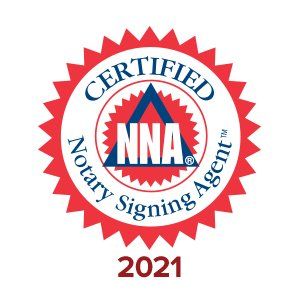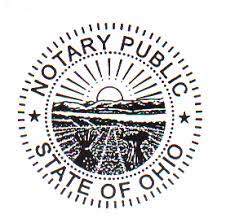Vehicle titles are used to transfer ownership of cars, trucks, and other vehicles from one person to another in private sales. Completing them incorrectly can result in the need to apply for a duplicate title, so all parties should exercise care when filling out the various fields.
The most important thing to remember about signing over a title is that none of the spaces should be filled in, nor should the title be signed, until a notary public
is present. The reasoning behind this advice is simple. Any alterations to the title will void it, so it's essential that both parties complete every entry properly.
The buyer doesn't have to be present when the seller completes the Assignment of Ownership section of the title. However, the seller needs to have the buyer's correct name and address to complete this section. It is considered a sworn statement that the information provided by the seller is truthful and correct.
All of the information in the Assignment of Ownership must be accurate. That includes not just the seller's and buyer's information, but also the odometer reading and the sales price. The seller should not sign the Assignment of Ownership document until he or she has appeared before a mobile notary
and given an oath or affirmation. The signature will only be considered valid if it is notarized.
It's also relevant to note here that title signatures can't be notarized if the document has any blank spaces. Open titles for private sales are not allowed in the state of Ohio, so the seller can't just sign the title over and have the buyer notarize it. The seller must be present.
The only exception to this rule is if the seller has an officially assigned Power of Attorney. A Power of Attorney form can be obtained at a local BMV or from the website. It also requires a notarized signature from a mobile notary public.




